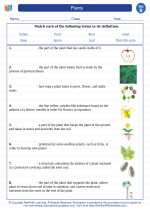Satellite
A satellite is an object that orbits or revolves around a larger object. In space science, the term "satellite" typically refers to a human-made object that is launched into space and orbits the Earth or another celestial body. Satellites are used for various purposes, including communication, navigation, Earth observation, weather forecasting, and scientific research.
Types of Satellites
There are several types of satellites, each designed for specific functions:
- Communication Satellites: These satellites are used to transmit and receive signals for television, radio, internet, and telephone communication.
- Navigation Satellites: These satellites provide positioning and timing information for navigation purposes, such as the Global Positioning System (GPS).
- Weather Satellites: These satellites monitor and track weather patterns, including cloud cover, temperature, and precipitation.
- Observational Satellites: These satellites are equipped with sensors and instruments to observe and study the Earth's surface, atmosphere, and other celestial bodies.
- Scientific Satellites: These satellites are used for scientific research and exploration, such as studying the universe, conducting experiments in space, and monitoring space phenomena.
How Satellites Work
Satellites are launched into space using rockets and are placed into specific orbits around the Earth. Once in orbit, satellites rely on their propulsion systems and onboard computers to maintain their position and perform their designated functions. Communication satellites relay signals between ground stations and users, while observational satellites capture and transmit data and images back to Earth.
Study Guide
Here are some study questions to help you understand the topic of satellites:
- What is a satellite? Provide examples of different types of satellites and their functions.
- How are satellites launched into space, and how do they maintain their orbits?
- Explain the role of communication satellites in modern telecommunications.
- Discuss the importance of weather satellites in monitoring and predicting weather patterns.
- How are observational and scientific satellites used in space exploration and research?
By understanding the concept of satellites and their applications, you can gain insights into the advancements and impact of space technology on our daily lives and scientific exploration.
[Satellite] Related Worksheets and Study Guides:
.◂Science Worksheets and Study Guides Second Grade. Plants
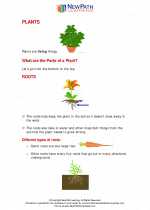
 Activity Lesson
Activity Lesson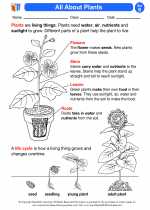
 Activity Lesson
Activity Lesson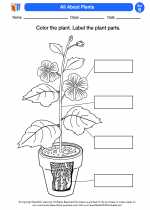
 Worksheet/Answer key
Worksheet/Answer key
 Worksheet/Answer key
Worksheet/Answer key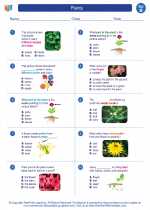
 Worksheet/Answer key
Worksheet/Answer key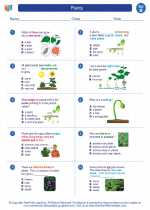
 Worksheet/Answer key
Worksheet/Answer key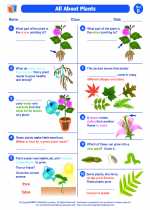
 Vocabulary/Answer key
Vocabulary/Answer key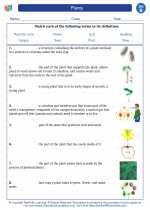
 Vocabulary/Answer key
Vocabulary/Answer key